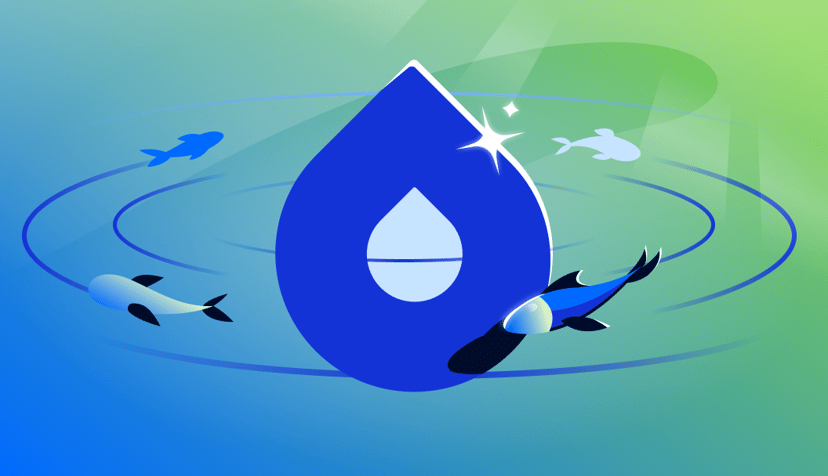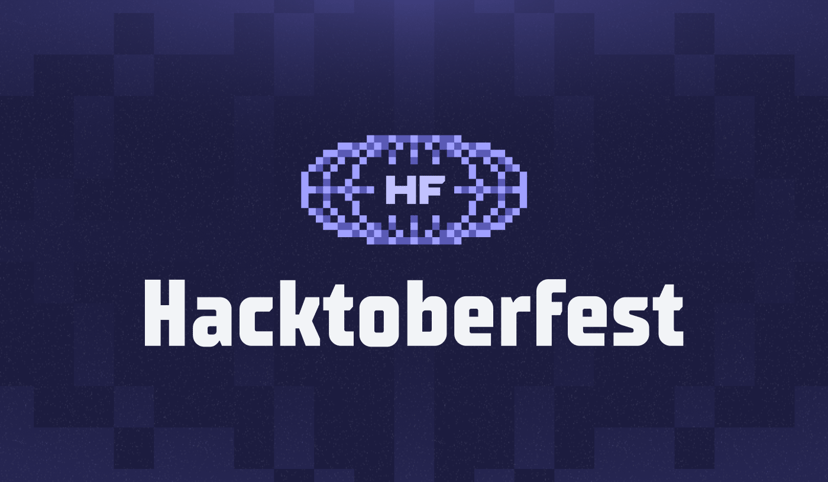Founder Diaries: SnapShooter's journey from bootstrapped to acquired
By Ajanta Chakraborty
- Published:
- 4 min read
At DigitalOcean, we believe our community is bigger than us, and the ideas of entrepreneurs and builders of all kinds are essential for innovation and growth. That’s why we started the Founder Diaries series as a place for our innovative customers to share the lessons they’ve learned as they build their businesses.
In 2017, Simon Bennett founded SnapShooter—a backup and recovery solutions provider to back up your servers, databases, and applications. The product quickly found product-market fit. Despite bootstrapped beginnings, the company immediately started generating revenue with just a team of two. Along the way, the SnapShooter team joined the DigitalOcean Hatch program, the start of what would become a long-term partnership with the company.
DigitalOcean recently acquired SnapShooter to better enable startups and SMBs to protect their cloud data across files, apps, and databases. SnapShooter makes cloud backups simple, fast and flexible, offering one system to consolidate all backups so you can be confident in knowing your cloud data is protected.
We spoke with Simon Bennett about his experience building SnapShooter, before getting acquired by DigitalOcean.
Q: How did you come up with the idea for SnapShooter?
Simon: I was a software consultant that specialized in getting founders’ startup ideas built out into MVP so they could go and get their next round of funding. SnapShooter was started as a way to protect a customer of mine that didn’t really have the budget to do active security management. It was cheaper and easier to do backups, and then restore if it got broken. I soon realized that it’s probably something that other people would want; I’d seen hints online that people wanted daily backups of Droplets.
I made the product available to everybody, put billing in front of it, and that was the start of the product. At the end of 2019, I’d already started to expand into database backups primarily for DigitalOcean customers. I went full-time on the product in 2020, and in 2023 we were acquired by DigitalOcean.
Q: How did you decide on the product roadmap for SnapShooter?
Simon: In terms of working out what to build next, I always just came from what customers asked for. I never wanted to waste their time by building stuff that people didn’t ask for. The first move was to add support for DO Volumes and then the next big move, which changed the landscape of the product, was adding MySQL backups.
Q: Why did you apply to the DigitalOcean Hatch program?
Simon: The $10,000 in credits was extremely appealing to us as an early stage startup and I also thought it would be a good opportunity to build a relationship with DigitalOcean employees, who would be beneficial to SnapShooter. I realized that you had the Slack community. And in there, there were quite a lot of DigitalOcean staff members, some had already talked to me before by email and Twitter and LinkedIn. It was a bit more of a direct path for when stuff went wrong.
Q: What other online communities did you gravitate towards as both a founder and a developer?
Simon: Closed Slack communities, Indie Hackers, and thousands of podcasts in the startup space.
Q: As a software developer and technical founder, what did you choose to outsource versus do in-house?
Simon: I’d say marketing is important to do in-house. It’s not fun, I don’t enjoy it, but I don’t think it would be wise to have outsourced it. The first thing I actually outsourced was development; I hired a developer. I could focus more time on the other stuff while we were still at an early stage. I’m a developer, so I can vet a developer, get them on board and get them up to speed. I cannot get a marketing team on board quickly, because I just don’t know how to validate that.
Q: How did you grow your business and find your first customers?
Simon: The first users came directly from networking, people I knew who were DigitalOcean customers. The next thing that worked was jumping on the DigitalOcean community and answering backup related questions there. Really, SEO was the thing that worked—either by content or directly answering backup related questions. More recently, the DigitalOcean app marketplace has been a good source of customers.
Q: What DigitalOcean products have you used for your business?
Simon: We used Managed Database, Managed Redis, Load Balancer, and Droplets.
Q: Having used DigitalOcean, how much of your outcome would you attribute to using the platform?
Simon: I would say it’s pretty fundamental. The whole product was built around helping DigitalOcean customers. Without that, SnapShooter wouldn’t even exist.
Get Growing with DigitalOcean
DigitalOcean supports all types of applications, from basic websites to complex Software as a Service solutions. From Droplet virtual machines to App Platform, our Platform as a Service offering, and Managed Kubernetes, we provide the tools you need to build and grow your applications. Hatch, our global startup program, can help you power your business with easy-to-use infrastructure and the support you need to grow. To sign up for a DigitalOcean account, click here.
About the author
Related Articles

Powered by DigitalOcean Hatch: How Ex-human uses GPU Droplets to Build Empathetic AI that Serves Customers
- November 21, 2025
- 3 min read

Hacktoberfest 2025 Comes to a Close
- November 21, 2025
- 4 min read

Hacktoberfest 2025: How to Participate
- September 29, 2025
- 3 min read